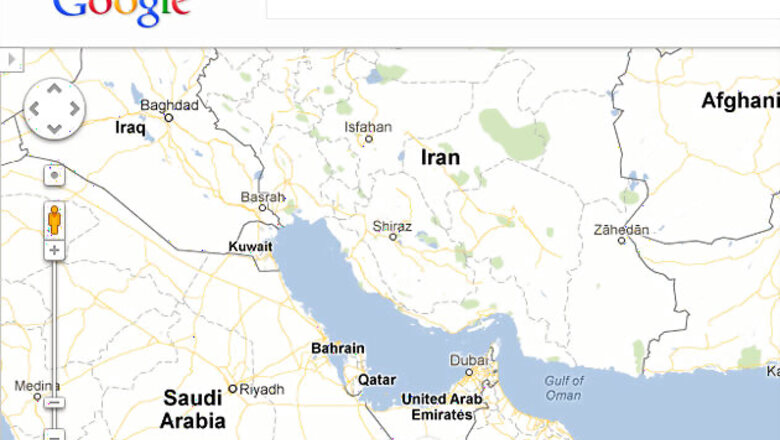
views
London: Scientists have solved one of the greatest archaeological mysteries of all times: the sudden disappearance of a large Persian army of 50,000 men in the Egyptian desert around 524 BC.
According to the Greek historian Herodotus, the Persian King Cambyses entered the Egyptian desert near Luxor (then Thebes) with 50,000 men. The troops supposedly never returned and were swallowed by a sand dune.
"Since the 19th century, people have been looking for this army: amateurs, as well as professional archaeologists," said Professor Olaf Kaper from Leiden University, Netherlands.
"Some expect to find somewhere under the ground an entire army, fully equipped. However, experience has long shown that you cannot die from a sandstorm, let alone have an entire army disappear," said Kaper.
Kaper has now put forward an entirely different explanation. He argues that the army did not disappear, but was defeated.
"My research shows that the army was not simply passing through the desert; its final destination was the Dachla Oasis. This was the location of the troops of the Egyptian rebel leader Petubastis III. He ultimately ambushed the army of Cambyses, and in this way managed from his base in the oasis to reconquer a large part of Egypt, after which he had himself crowned Pharaoh in the capital, Memphis," said Kaper.
The fact that the fate of the army of Cambyses remained unclear for such a long time is probably due to the Persian King Darius I, who ended the Egyptian revolt with much bloodshed two years after Cambyses' defeat.
He attributed the defeat of his predecessor to natural elements, researchers said.
Kaper made the discovery accidentally; he was not looking for it actively. In collaboration with New York University and the University of Lecce, he was involved for the last ten years in excavations in Amheida, in the Dachla Oasis.
Earlier this year, Kaper deciphered the full list of titles of Petubastis III on ancient temple blocks.
"That's when the puzzle pieces fell into place," he said. "The temple blocks indicate that this must have been a stronghold at the start of the Persian period. Once we combined this with the limited information we had about Petubastis III, the excavation site and the story of Herodotus, we were able to reconstruct what happened," said Kaper.



















Comments
0 comment